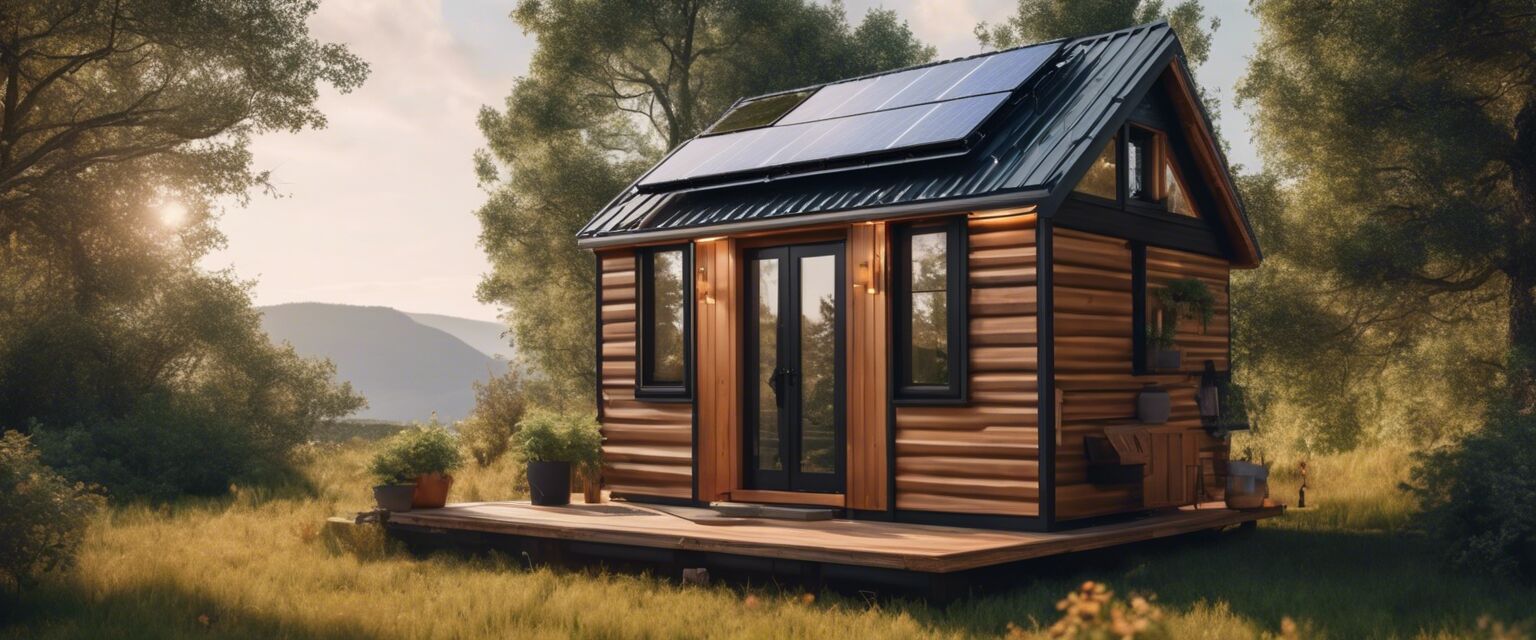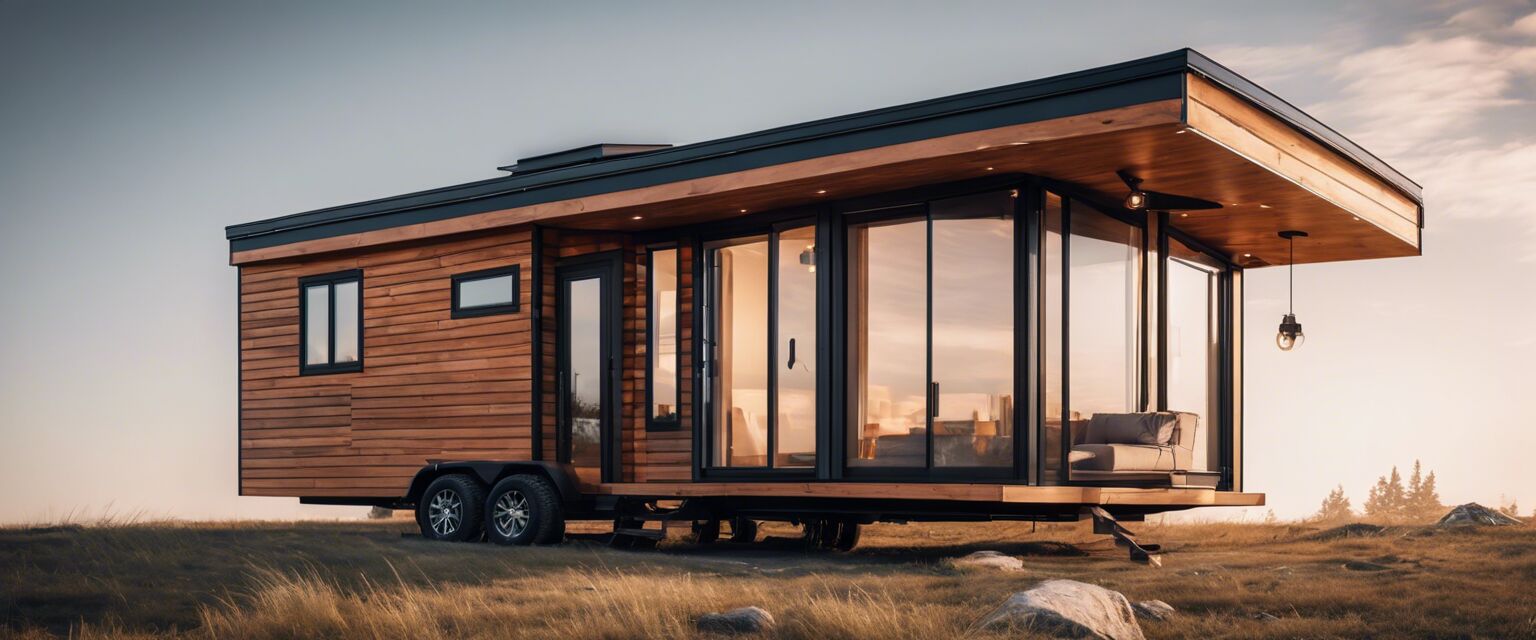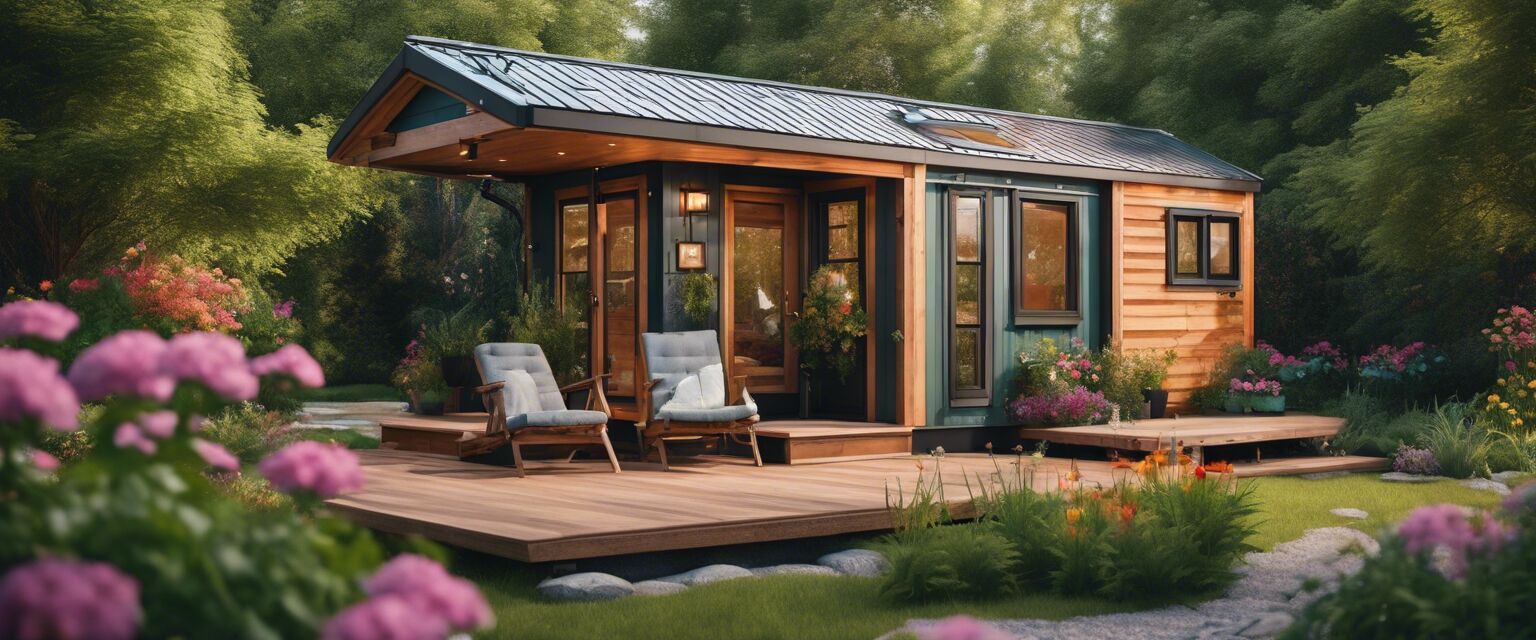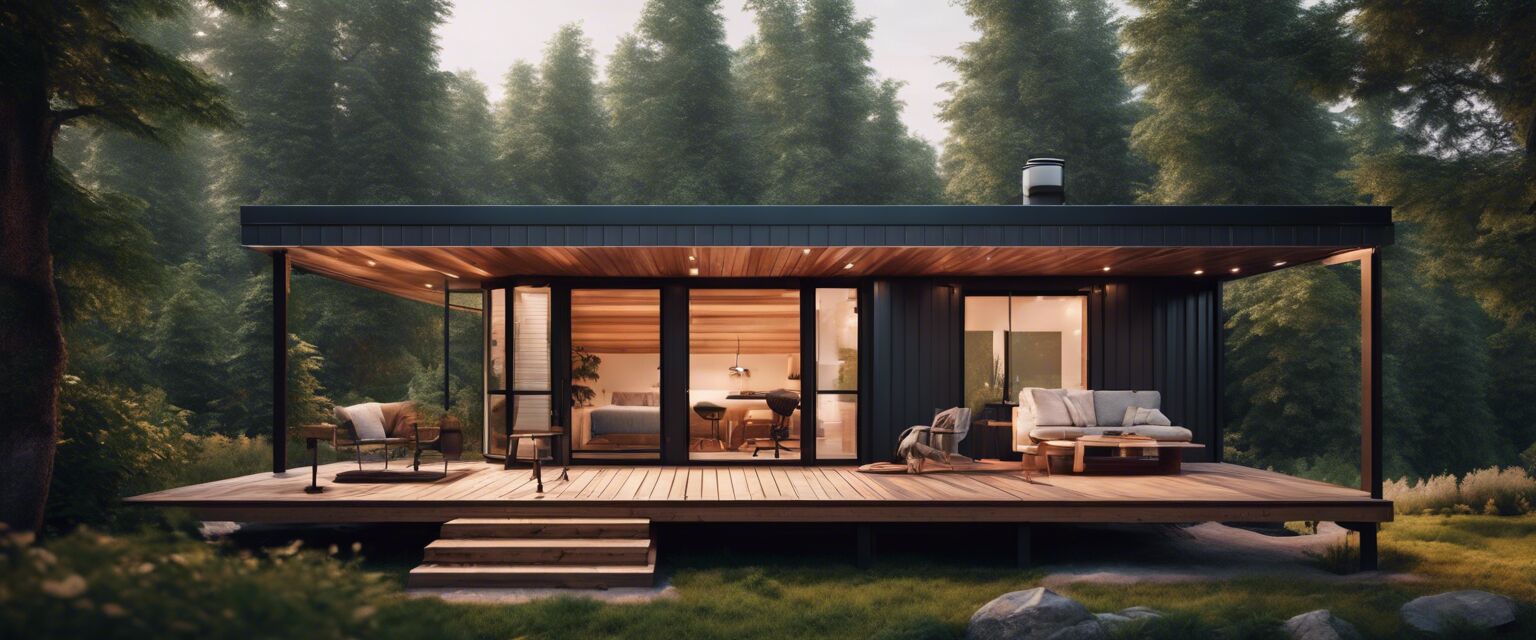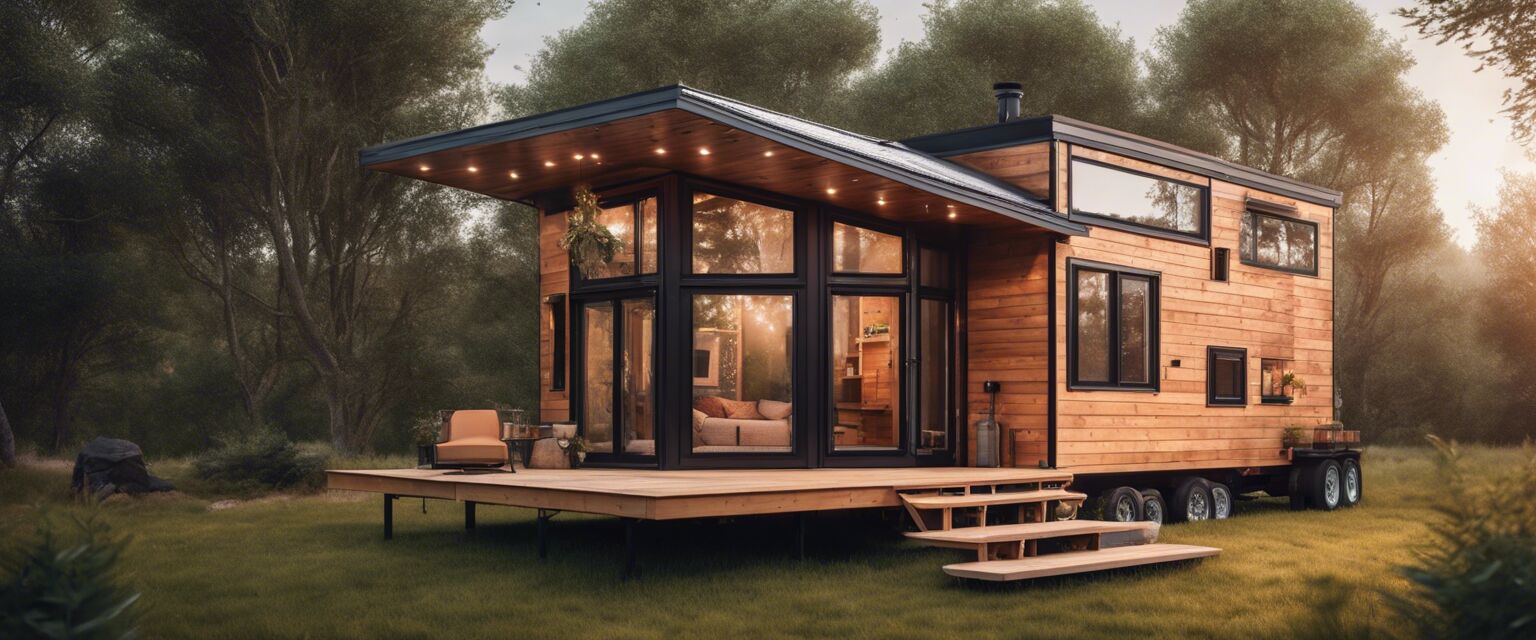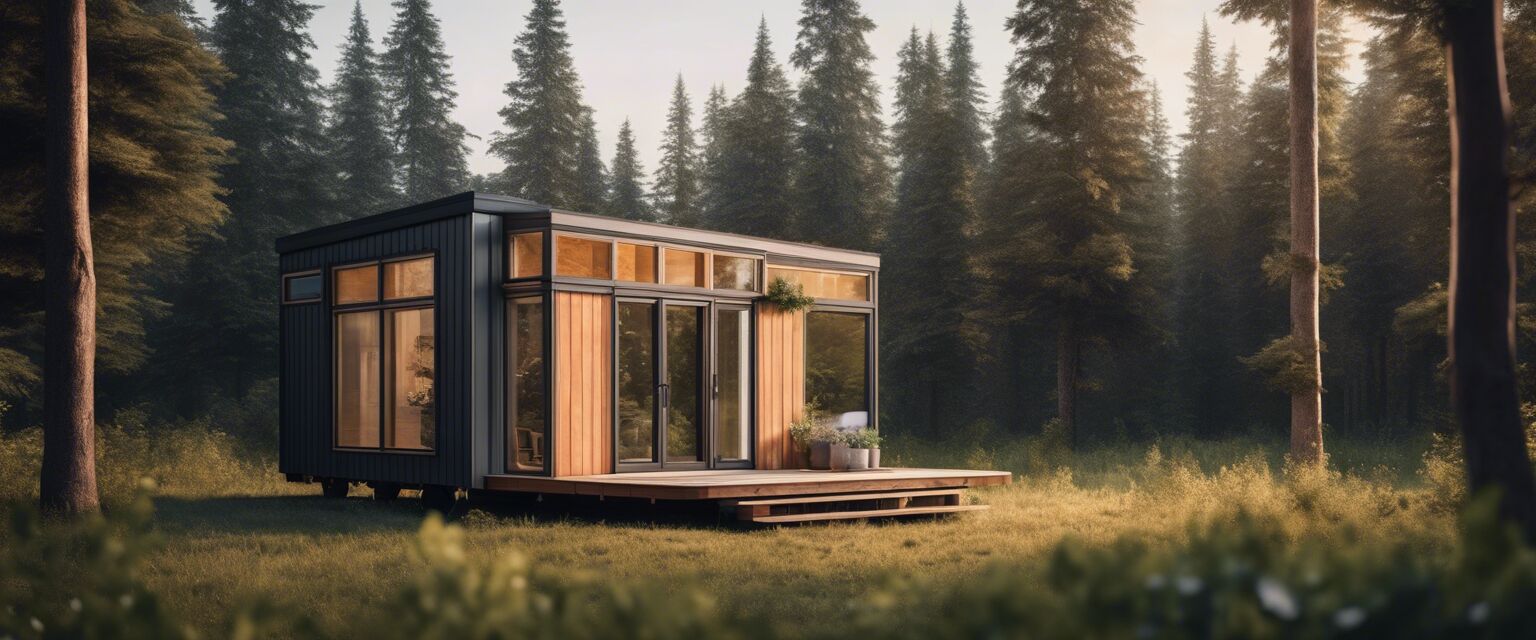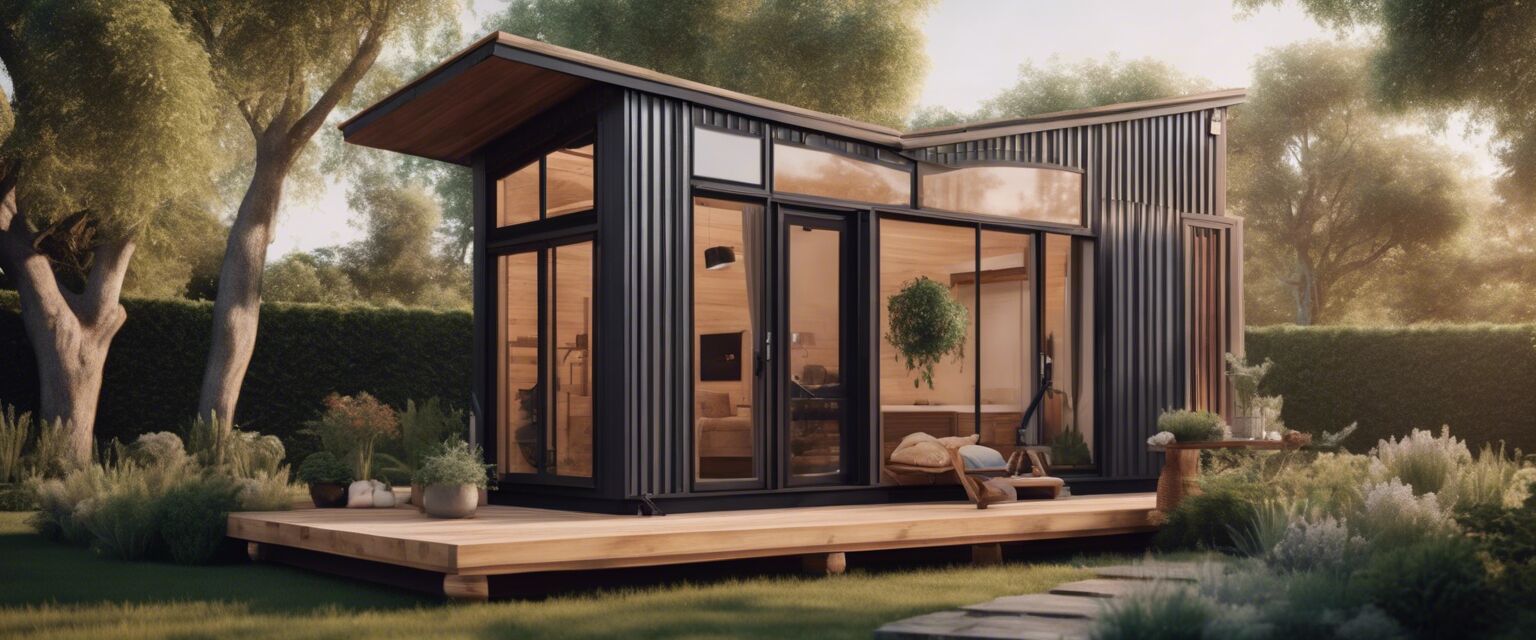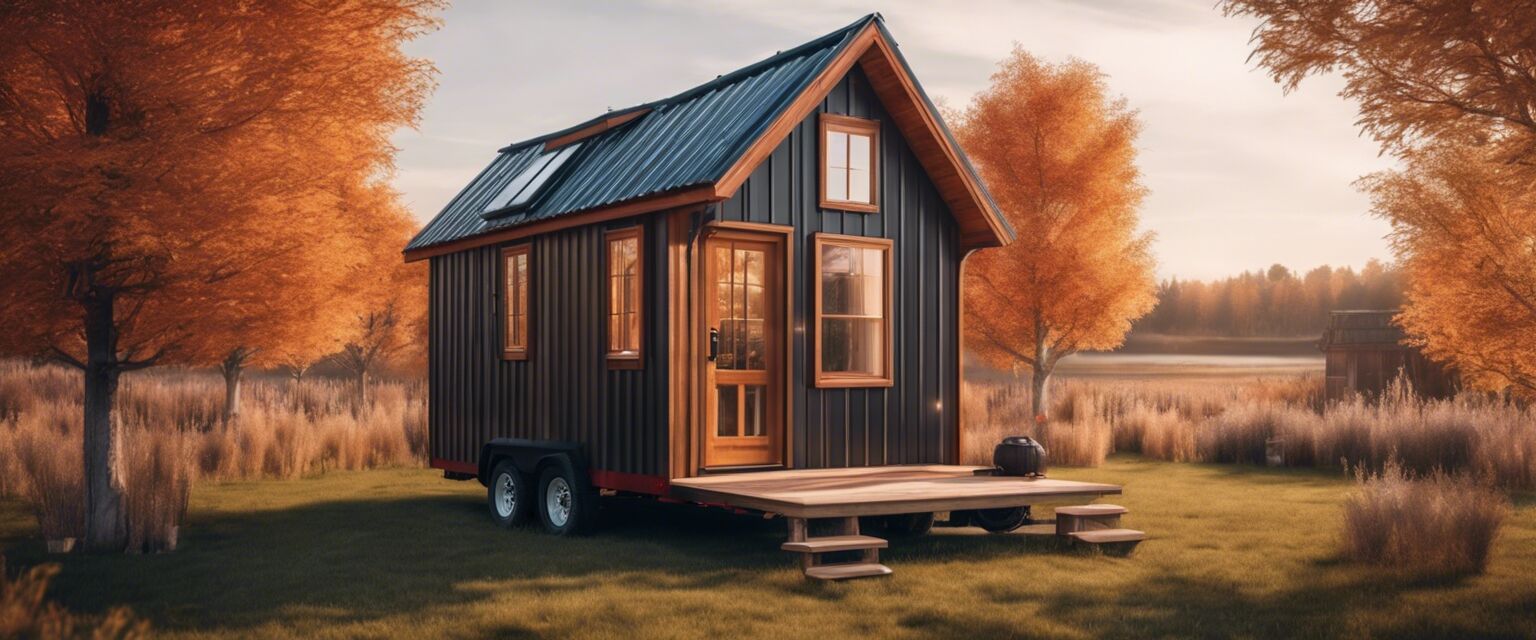
Tiny house kits for seasonal use
Key Takeaways
- Tiny house kits are ideal for both summer and winter seasonal homes.
- Choose kits based on climate conditions and personal preferences.
- Eco-friendly options promote sustainability.
- Modular designs allow customization for seasonal needs.
Tiny house kits for seasonal use are gaining immense popularity among those looking to maximize their living space without compromising on comfort. Whether you need a cozy retreat for summer getaways or an insulated hub for winter escapades, there's a perfect tiny house kit designed just for you. In this guide, we will explore the best options available in the market, their advantages, considerations, and tips to choose the right kit for your seasonal needs.
Types of tiny house kits for seasonal use
When selecting a tiny house kit for seasonal use, itâs essential to consider the climate, usage frequency, and available space. Below is a breakdown of popular types of tiny house kits suitable for different seasons.
| Type of Tiny House Kit | Season Suitability | Key Features |
|---|---|---|
| DIY Tiny Home Kits | Summer | Affordable, customizable designs |
| Eco-Friendly Tiny Homes | Year-Round | Solar panels, sustainable materials |
| Luxury Tiny House Kits | Winter | High-end finishes, better insulation |
| Modular Tiny Homes | Seasonal Flexibility | Expandable features for seasonal needs |
| Off-Grid Tiny Homes | Summer/Winter | Self-sustaining, energy-efficient |
Popular features of seasonal tiny house kits
Understanding the features of seasonal tiny house kits can help you make an informed decision. Here are some common features that cater to seasonal usage:
- Climate-Responsive Design: Ensures that the tiny house can withstand extreme temperatures.
- Insulation: Important for winter homes to retain heat.
- Ventilation: Essential in summer homes to keep the space cool.
- Modular Components: Allows you to expand or modify the structure as needed.
- Eco-Friendly Materials: Sustainable options to minimize environmental footprints.
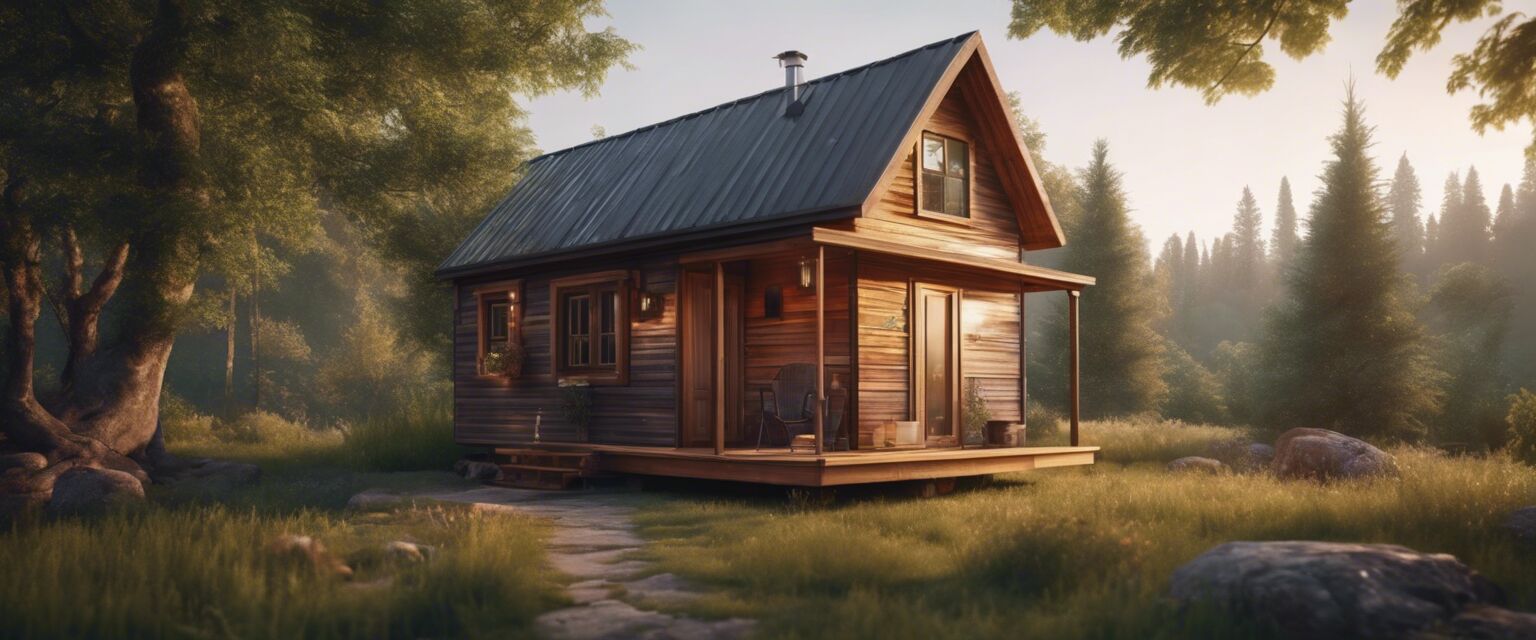
Comparison of seasonal tiny house kits
Choosing between different types of tiny house kits can be challenging. Here's a comparison table to give you a clearer picture:
| Kit Type | Price Range | Assembly Difficulty | Customization Options |
|---|---|---|---|
| DIY Tiny Home Kit | $$ | Moderate | High |
| Eco-Friendly Kit | $$$ | Moderate | Moderate |
| Luxury Tiny House Kit | $$$$ | Hard | High |
| Modular Kit | $$$ | Easy | Very High |
| Off-Grid Kit | $$$$ | Hard | Low |
Pros and cons of seasonal tiny house kits
Pros
- Cost-effective housing solution for season-specific needs.
- Flexibility in design and layout.
- Can be relocated easily.
- Environmentally friendly options available.
- Less maintenance required compared to traditional homes.
Cons
- May require additional permits depending on location.
- Weather dependence for assembly and usability.
- Limited space might not suit larger families.
- Some kits can be quite pricey, depending on features.
- Not always suitable for extreme weather conditions.
Tips for selecting the right tiny house kit
Beginners Section
- Assess your needs: Determine how often and for which season you will use your tiny house.
- Choose the right materials: Look for durability based on the climate youâll experience.
- Consider design aesthetics: The look of your tiny home should match your personal taste and blend with nature.
- Plan for utilities: Ensure the chosen kit is equipped to handle electricity, water, and waste management.
- Read reviews: Look for testimonials from previous customers to gauge satisfaction.

Conclusion
With the rising trend of tiny house living, seasonal tiny house kits provide a fantastic opportunity for individuals and families to create a home away from home. Whether itâs a summer escape or a winter hideaway, the right kit can enhance your experience and add value to your lifestyle. Explore your options, choose wisely, and enjoy the freedom that comes with tiny house living!
For more information on various types of tiny house kits, check out our other articles on DIY Tiny Home Kits, Eco-Friendly Tiny Homes, or Minimalist Tiny Homes.

